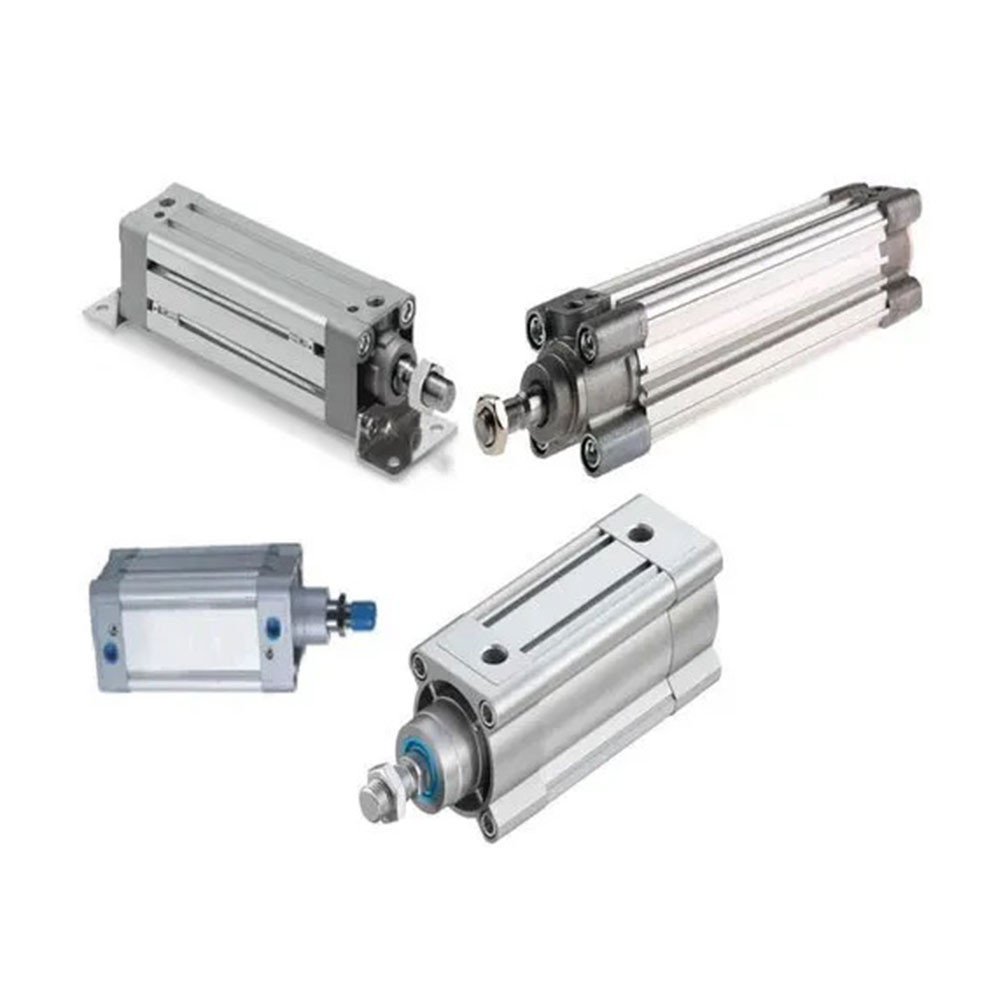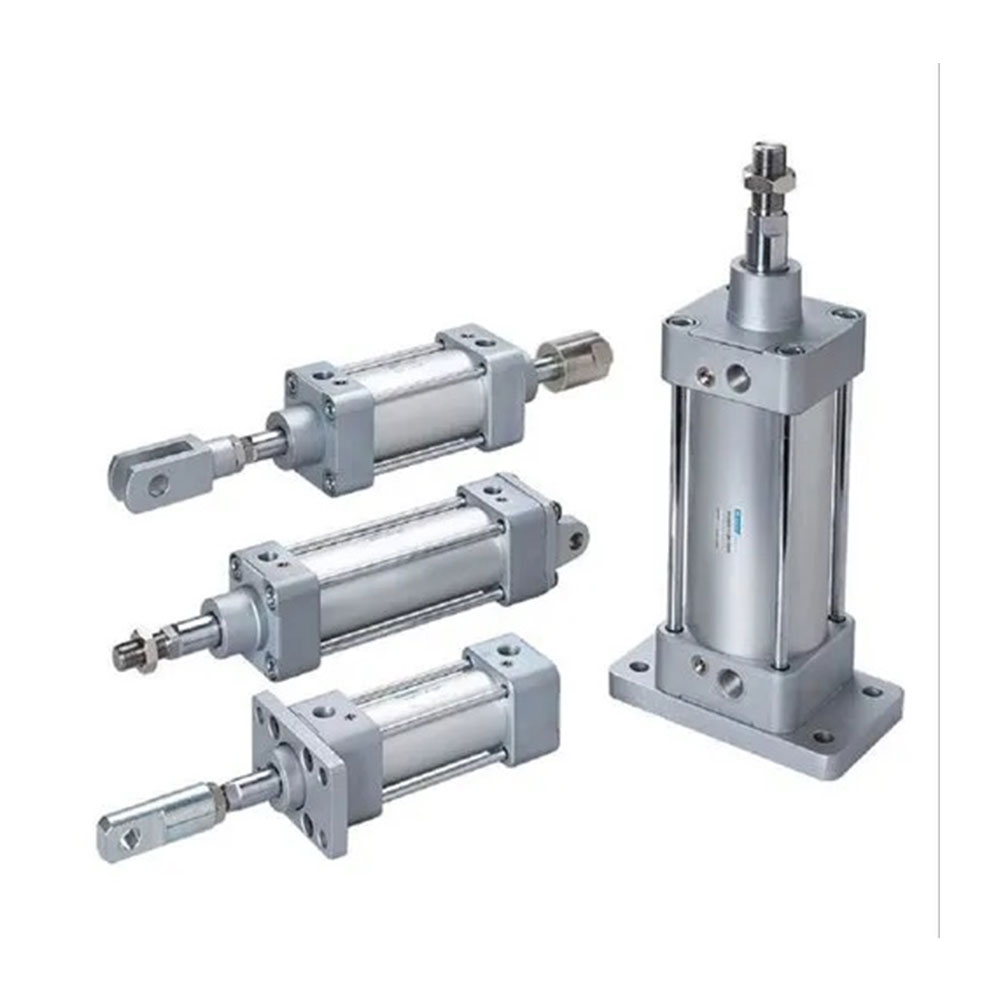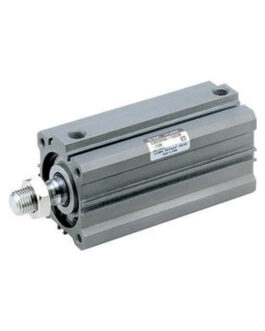Pneumatic Cylinder TGU TGC TGD Series Standard Micky Mouse Magnetic Cylinder
Add to Wishlist
Add to Wishlist
Description
Pneumatic Cylinder TGU TGC TGD Series Standard Micky Mouse Magnetic Cylinder
| Bore (mm) | 32 | 40 | 50 | 63 | 80 | 100 | 125 | 160 | 200 | 250 |
| Stroke (mm) | 25 | 50 | 80 | 100 | 125 | 160 | 175 | 200 | 250 | 300 | 350 | 400 | 450 | 500 | 600 | 700 | 800 | 900 | 1000 | 1100 | 1200 | 1300 | 1400 | 1500 | 1600 | 1700 | 1800 |
| Action | Double Acting | Single Acting – Closed / Draw | Single Acting – Open / Extrude |
| Medium | Air |
| Pressure |
|
| Temperature | -10°C to 60°C (No Freeze) |
| Max Pressure | 1.35 MPa |
| Pipe Size | RC1/8 | RC1/4 | RC3/8 | RC1/2 |
| Cushion Type | Adjustable Cushion |
| Cushion Stroke (mm) | 23 | 27 | 30 | 36 | 42 |
| Magnet Switch | CS1-U | CS1-F |
A Standard Magnetic Pneumatic Cylinder is a widely used linear actuator in industrial automation that integrates a magnetic piston. This magnet allows for non-contact position sensing through external magnetic sensors, making it ideal for automation systems requiring precision and feedback.
Key Features:
- Magnetic Piston: Built-in magnets on the piston enable position detection using external magnetic proximity sensors. This allows for better process control and automation.
- Double-Acting or Single-Acting Operation:
- Double-Acting: Air pressure drives the piston in both extension and retraction directions.
- Single-Acting: Air pressure drives the piston in one direction, and a spring returns it to the starting position.
- ISO Standard Compliance: Often conforms to international standards (e.g., ISO 6432, ISO 15552), ensuring compatibility and interchangeability across systems.
- Wide Range of Bore Sizes and Strokes: Bore sizes typically range from 6 mm to 320 mm, with strokes customizable based on application needs.
- Durable Construction: Cylinders are usually made of materials like anodized aluminum, stainless steel, or other corrosion-resistant materials for long life and reliability.
- Multiple Mounting Options: Includes mounting styles like clevis, flange, foot, or pivot mounts for versatile integration into different systems.
- Optional Cushions: Adjustable or fixed cushioning at the ends of the stroke reduces impact, noise, and wear.
- Sealing Options: High-quality seals provide air-tight operation and minimize air leakage.
Applications of Magnetic Pneumatic Cylinders:
- Automation Systems:
- Used in pick-and-place applications, robotic arms, and assembly lines.
- Packaging Machinery:
- Ensures precise and repetitive movements for processes like sealing, cutting, or filling.
- Material Handling:
- Lifting, pushing, or sliding materials in confined or automated spaces.
- Woodworking and Metalworking:
- For clamping or pressing tasks in CNC machines and similar equipment.
- Position Feedback Requirements:
- Ideal for systems where precise stroke control and feedback are critical.
Advantages of Magnetic Pneumatic Cylinders:
- Real-Time Position Feedback:
- Magnetic sensors provide accurate feedback, improving system efficiency.
- Reliable and Durable:
- Designed for continuous operation with minimal maintenance.
- Customizable:
- Available in various bore sizes, stroke lengths, and mounting options.
- Energy-Efficient:
- Operates using compressed air, which is cost-effective and widely available.
- Safe Operation:
- Ideal for use in explosion-prone environments where electric actuators might pose risks.
Selection Considerations:
- Bore Size and Stroke Length:
- Match the cylinder’s size to the load and motion requirements.
- Operating Pressure:
- Ensure the cylinder operates efficiently within your air supply’s pressure range.
- Environment:
- Choose materials and sealing options suitable for the operating environment (e.g., high temperature, moisture, dust).
- Mounting Style:
- Select the appropriate mounting method for your system design.
- Position Sensors:
- Choose compatible magnetic sensors for stroke detection.
Common Standards:
Standard magnetic cylinders are often classified by their compliance with:
- ISO 15552: For larger profile cylinders.
- ISO 6432: For mini cylinders (compact size).
- Compact Cylinders (ISO 21287): For space-saving applications.
Only logged in customers who have purchased this product may leave a review.






Reviews
There are no reviews yet.